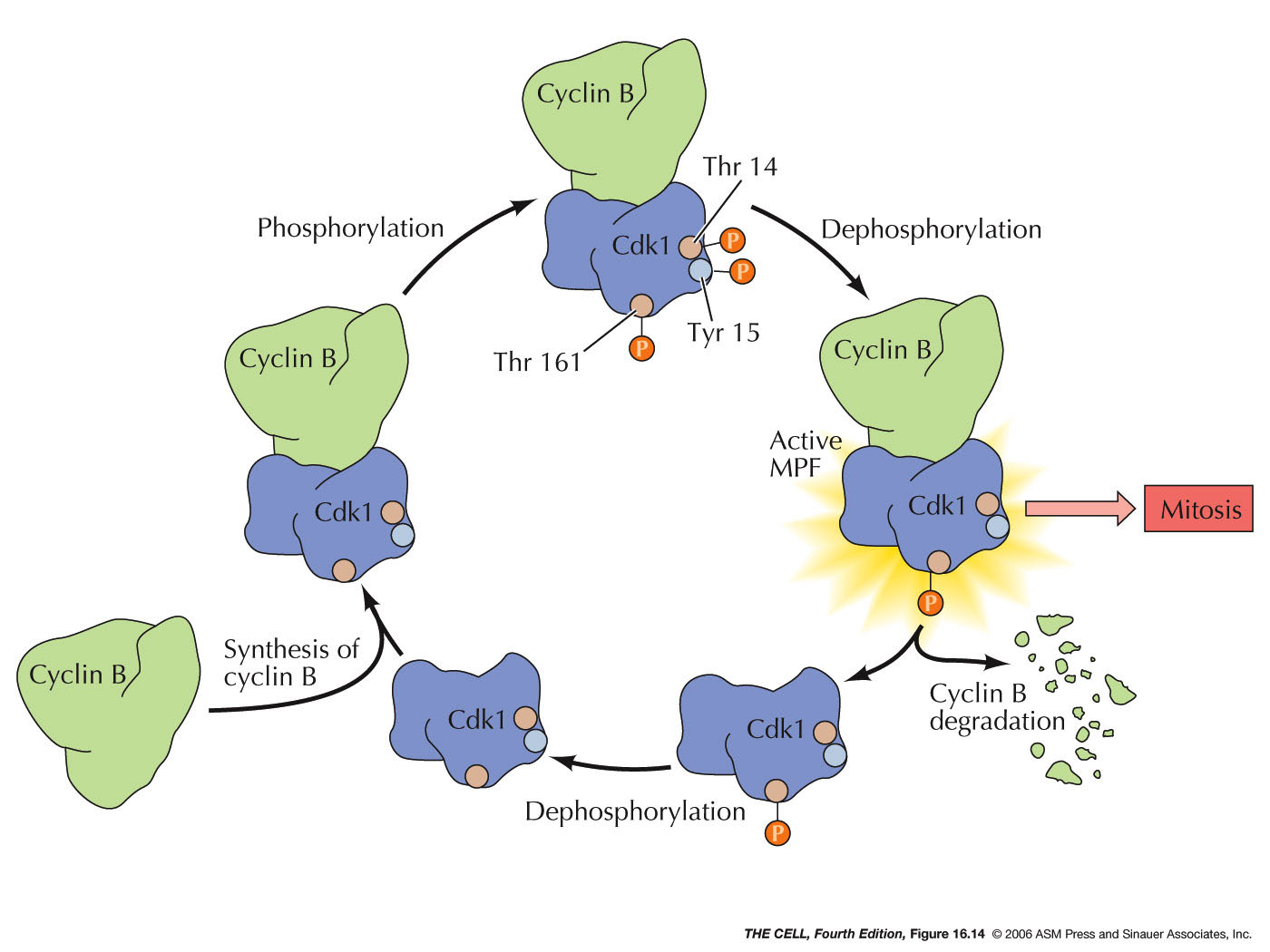Section 3 Cell Cycle Regulation Biology Diagrams Cancer: A cell cycle defect. Irene Foster [email protected] University of West of England, Faculty of Health and Social Care, Glenside Campus, Blackberry Hill, Stapleton, Bristol BS16 1DD, United Kingdom Cell cycle and cancer. Science. 1994; 266:1821-1828. Crossref. Scopus (2364) PubMed. Google Scholar. 15. The cell cycle is an intricate sequence of events which enables cells to grow and replicate. The two gene types which play a major role in the cell cycle, and therefore in the development of cancer, are the oncogenes (e.g. Her2/neu, Ras, c-Myc, etc.) and tumour suppressor genes (e.g. p53 and Rb). 14

Cancer is a disease characterized by uncontrolled cell growth and proliferation, which can result from dysregulation of the normal cell cycle control mechanisms. Normal cells have strict controls in place to ensure that they only divide when necessary and only after DNA replication and repair are complete [43] .

What is the Cell Cycle and How Is It Related to Cancer? Biology Diagrams
Most cells in the body go through a cycle of life in which their genetic information is retained, fixed, and passed down to daughter cells through a highly coordinated and regulated process. However, during this cell cycle, there are many situations where mistakes are made by the cycle or by a regulating system that causes the cell to proliferate uncontrollably, leading to cancer. Somatic Cancer: A cell cycle defect Irene Foster* University of West of England, Faculty of Health and Social Care, Glenside Campus, Blackberry Hill, Stapleton, The cell cycle clock governs the fate of the cell and is the mechanism which interprets the growth-regulating signals received, deciding whether the cycle proceeds.

Cancer is a group of diseases in which cells divide continuously and excessively. Cell division is tightly regulated by multiple evolutionarily conserved cell cycle control mechanisms, to ensure One mechanism that is of increasing interest as an anti-cancer target is the cell cycle, specifically the cell cycle checkpoints which are commonly defective in cancers. Exploiting Checkpoint Defects as Anti-Cancer Targets Targeting p53. The loss of checkpoint function is currently being exploited in preclinical models of p53 mutant tumors

Cancer: A cell cycle defect Biology Diagrams
Mutations of checkpoint proteins are frequent in all types of cancer as defects in cell cycle control can lead to genetic instability. This review will focus on three major areas of cell cycle transition control, with particular attention to the alterations found in human cancer. These areas include the G1/S transition, where most cancer The generalized loss of growth control exhibited by cancer cells is the net result of accumulated abnormalities in multiple cell regulatory systems and is reflected in several aspects of cell behavior that distinguish cancer cells from their normal counterparts. arrested in the G 0 stage of the cell cycle (see Figure 14.6). The
